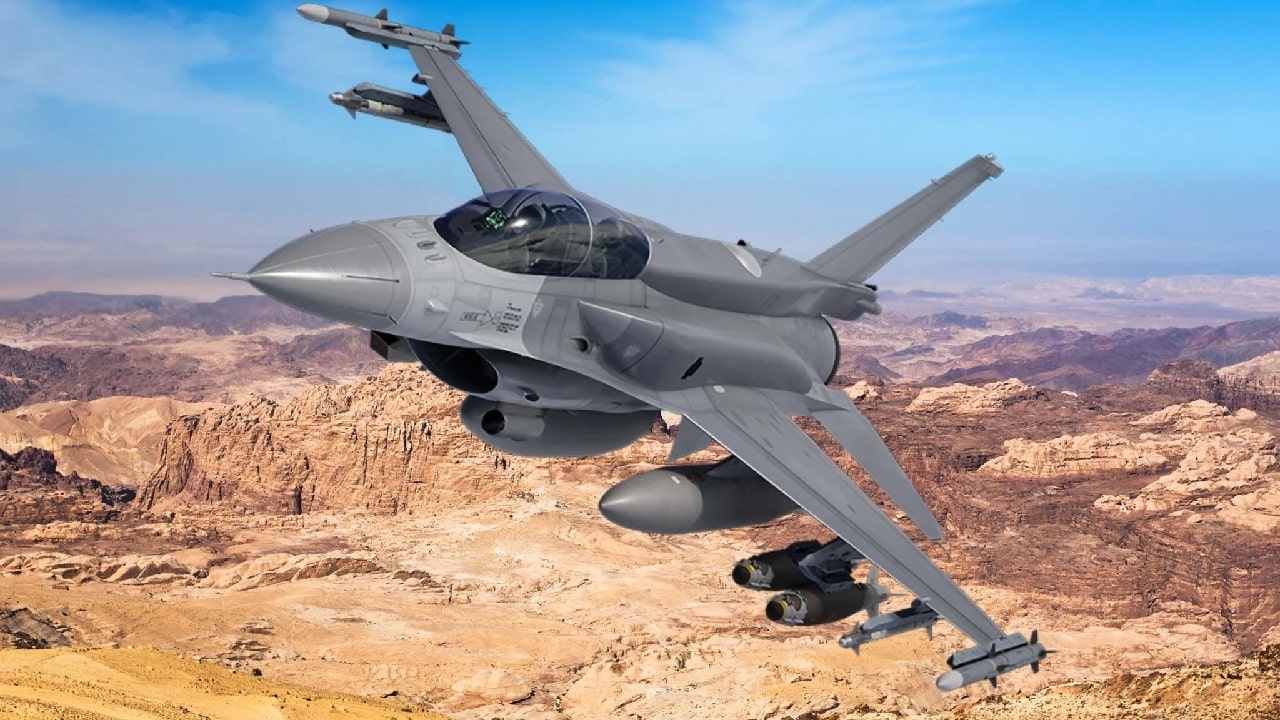F-16 Fighters for Ukraine? Now that the United States and European powers have pledged to supply Ukraine with heavy armor, some are confident that high performance aircraft are the next logical step. Yuriy Sak, an advisor to Ukraine’s Defense Minister Oleksiy Reznikov, recently told CNBC, “We will get F-16s.” However, if they do get them, then what?
Why the F-16 Is Important To Ukraine
So far, at least, the air war in Ukraine has been anticlimactic. At the outbreak of the conflict, it was reasonable to assume that the Russian Aerospace Forces (VKS) would swiftly destroy Ukraine’s air forces, obtain air dominance, and that air would play an important part of combined arms operations against Ukrainian ground troops. There would have been wide-ranging strategic air ops targeting Ukrainian transport, supply, communications and command nodes. That is, one could have assumed that Russia would own the skies the way the United States, NATO, Israel, or other advanced forces would when facing a weaker foe.
But this has not been the case. A study by RUSI released last November found that while the VKS was able to mount some significant fixed-wing strike missions in the opening weeks of the war, by March “the VKS lost the ability to operate in Ukrainian-controlled airspace except at very low altitudes due to its inability to reliably suppress or destroy increasingly effective, well-dispersed and mobile Ukrainian surface-to-air missile (SAM) systems.” As a result, deep strike missions for both sides have been conducted by stand-off air attacks or ground-based rocket and missile launches, while drones have played a fascinating new role at the tactical level.
As a result, there may be an opening for Ukraine to utilize high performance aircraft like the F-16 to achieve a measure of local superiority in support of offensive operations to restore movement to the battlefield. The attrition war of the last several months favors Moscow, since it has numbers on its side and the Russian leadership is more than willing to trade Russian lives for Ukrainian ones. Against this backdrop, the promised western tanks will provide the type of ground component needed for Ukraine to even the odds. And adding advanced air capabilities would represent a significant force multiplier. It would transform the current status quo – which Ukrainian pilots have likened to flying “suicide missions” against Russian jets – and level the playing field, making the skies over Ukraine safer for Ukrainian fighters and other aircraft by suppressing Russian air defenses.
Sending jets to Ukraine would not be an immediate gamer-changer, however. There would be a large footprint and large cost for supplying this type of assistance. Pilot and crew training, maintenance, resupply, refueling and sustainment would all have to be worked out. Then there would be the questions of how to employ the aircraft, controlling them during operations, and generally integrating them into the structure of Ukraine’s air forces. All of these issues are manageable, of course, but they will take time.
F-16: How Would Russia Respond?
Then there is the matter of Russia’s response. The VKS has been cautious about flying missions, given the effectiveness of Ukraine’s air defenses. And Russian air power suffers from other systemic problems, including a lack of trained pilots and poor ground crews. But, on balance, Russians have still been successful against Ukrainians who take to the air. Russian Su-35s, properly equipped and piloted, would at least be competitive against F-16s, though the longer reach of the latter, both in terms of detection capability and weapons range, could well be decisive.
The difference would be in numbers. The west would not have large numbers of replacement aircraft to ship to Ukraine, whereas Russia, if the ground war is any indication, will throw in whatever they have to gradually whittle down the Ukrainian squadrons. They will also replenish destroyed air defenses as needed. The loss ratio may be high, but Putin seems not to care. So, it would be vital for Ukraine to shepherd its new air resources to preserve them for the big push, wherever and whenever that happens.
A final potential challenge is in the diplomatic realm. Russia will claim, rightly, that providing advanced aircraft to Ukraine amounts to escalating the conflict. Avoiding escalation was the rationale for the Biden administration blocking Poland from transferring jets at the outbreak of the conflict, reportedly as part of a deal with Beijing to defuse Russia’s nuclear threats.
Secretary of State Anthony Blinken stated recently that President Biden “has always been emphatic that one of his requirements in Ukraine is that there be no World War III.” This is a useful requirement, to say the least, but it is not up to Biden alone. Putin also has a vote on escalation.
Given all of the above, both Kyiv and its partners in the West should be thinking about how to leverage the growing lethal aid at Ukraine’s disposal for political purposes, and seek an end to the conflict from a position of future strength. Advanced air power in the form of the F-16 might soon become part of this equation.
MORE: Why Putin Fears the M1 Abrams Tank
MORE: I Went to War in the Leopard 2 Tank Ukraine Wants
MORE: World War III – Where Could It Start?
MORE: A U.S.-China War Over Taiwan Would Be Bloody
Author Biography and Expertise
James S. Robbins is senior fellow for National Security Affairs at the American Foreign Policy Council, and Dean of Academics at the Institute of World Politics.

